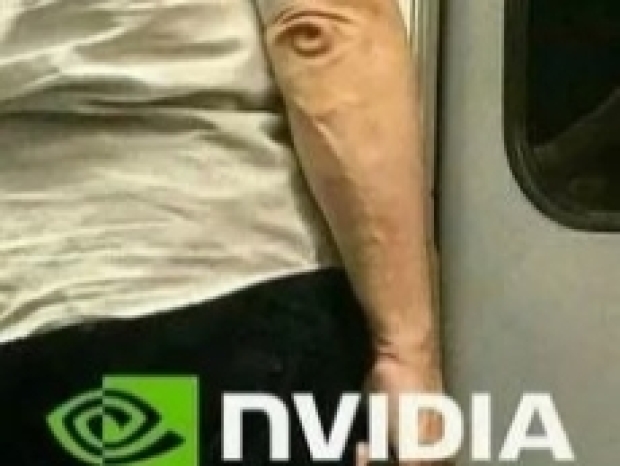This Frankenstein chip loses high-bandwidth memory and NVLink, leaving Chinese punters with a hobbled product that still clings to Nvidia’s software ecosystem. Despite the compromises, it's being pitched as good enough for local needs.
Chief executive Jensen Huang is expected to show his face in Beijing, trying to win over Chinese bigwigs and reassure them that the US outfit is still serious about doing business there.
The graphics outfit hit a j$4 trillion market cap this week, recovering from earlier wobbles when the US started throwing sanctions like confetti. The AI boom and marginally warmer US-China ties have buoyed investor confidence.
Huang has added amateur diplomacy to his CV and is angling to meet premier Li Qiang and vice-premier He Lifeng during next week’s International Supply Chain Expo in Beijing. He previously chatted with He during an April visit.
At Computex in May, he dismissed US export controls as “a failure” and warned that they’ve only accelerated China’s local AI development. He bemoaned Nvidia’s shrinking China market share, which has halved from 95 per cent to 50 per cent. Still, he noted that the Chinese AI market could be worth $50 billion soon.
The company is holding off on shipping the chip until September, waiting for Washington to give the all-clear. No one at Nvidia fancies a repeat of the H20 fiasco, where a similar chip got itself effectively banned in April and triggered a $5.5 billion writedown.
Despite its underwhelming performance, Chinese clients are already testing the new product. They’re still queuing up because abandoning Nvidia’s Cuda software would hike their costs.
Big names like Alibaba, ByteDance and Tencent have started dabbling with homegrown alternatives, partly because they're sick of the constant export drama. But for now, they’re keeping one foot in Nvidia’s camp.
Cranking out this chip will require Nvidia to build up a massive stockpile in case the rules change again. That’s a financial gamble not everyone in the boardroom is thrilled about.
China is still a cash cow, generating $17.1 billion in Nvidia’s 2025 fiscal year, or 13 per cent of total sales.
An Nvidia spokesperson refused to confirm any China-specific hardware plans. “China has one of the largest populations of developers in the world, creating open-source foundation models and non-military applications used globally. While security is paramount, every one of those applications should run best on the US AI stack.”




